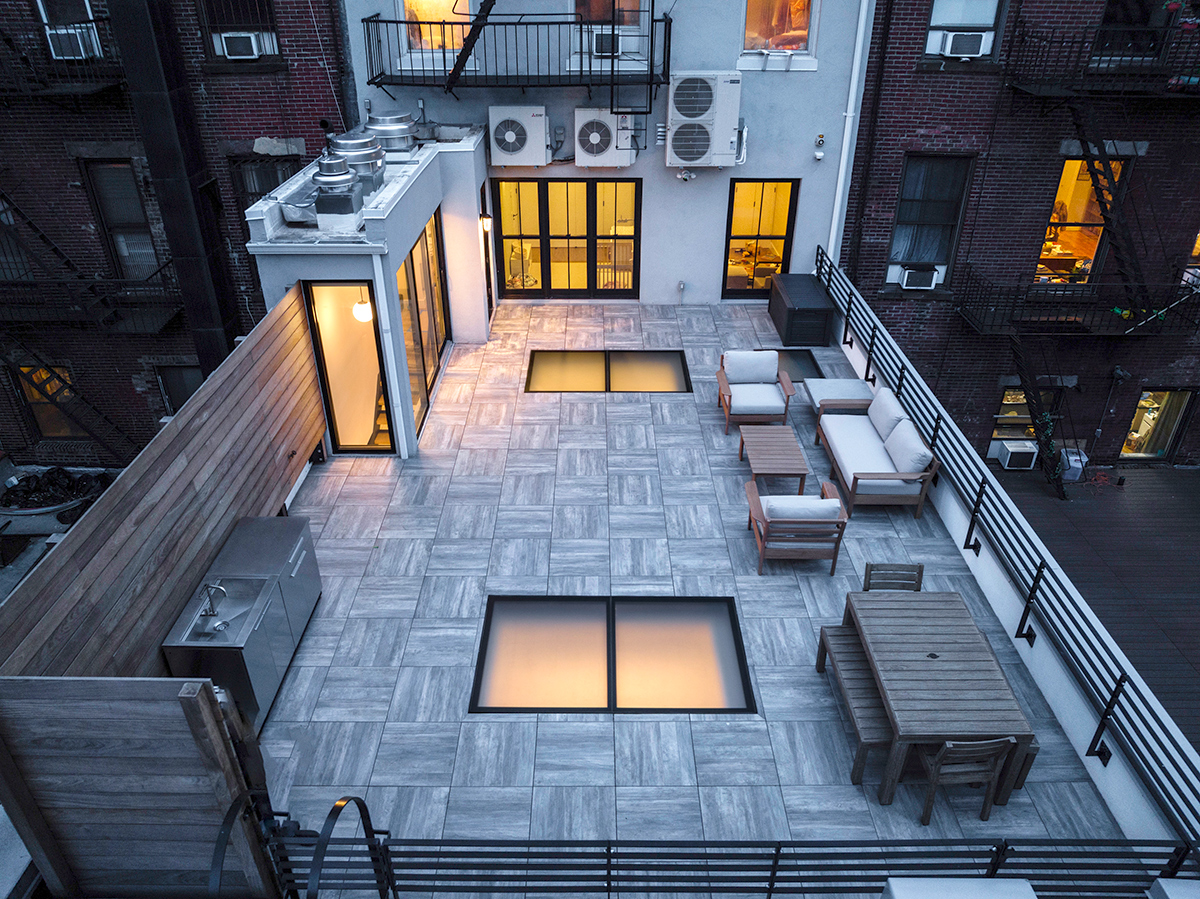
Skylights can dramatically transform a space, flooding interiors with natural light and creating striking architectural features. But not all skylights are created equal. If you’re planning a renovation or new build, it’s worth understanding the difference between walkable and traditional designs. Both options enhance brightness and beauty, but they serve different functions and aesthetics. So which one fits your needs best? Let’s walk through the pros, limitations, and ideal uses for each.
What Are Traditional Skylights?
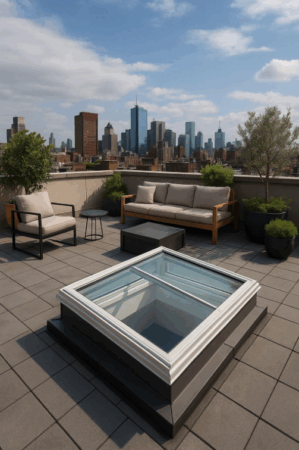
Traditional skylights are fixed or operable glass units that bring daylight into interior spaces from above. Most commonly found in residential settings, they’re often used in bathrooms, kitchens, and hallways to reduce dependency on artificial lighting. Roof pitch, placement, and UV protection are all key considerations. These roof skylights aren’t load-bearing, so they can’t be walked on, but they remain a popular solution for improving mood, light quality, and energy efficiency.
What Makes a Skylight Walkable?
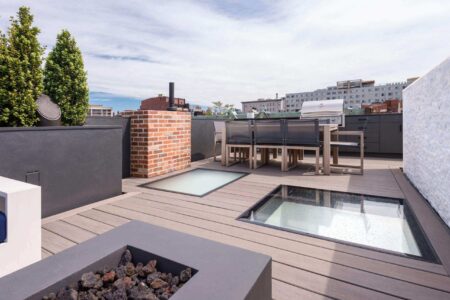
A walkable skylight is both a light source and a structural surface. Designed for areas like rooftop terraces, balconies, or green roofs, it supports foot traffic without compromising natural light below. This blend of function and form allows architects and designers to create seamless outdoor living experiences. A walkable glass roof must meet specific engineering and safety standards, including laminated and tempered glass layers, anti-slip treatments, and water-tight sealing.
Design Flexibility and Visual Appeal
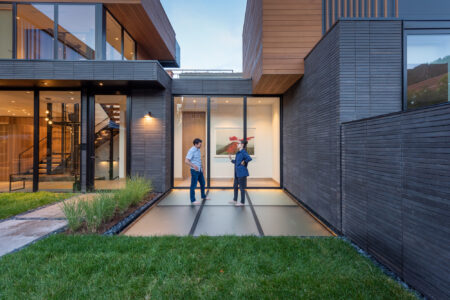
Traditional skylights offer more flexibility in shape, operation (vented or fixed), and placement, particularly in sloped roofing. They’re easy to integrate into existing homes and don’t require structural reinforcement. Walkable skylights, on the other hand, are often used in modern homes and commercial spaces to elevate style while maximizing functionality. They’re ideal for roof windows where light and load-bearing surfaces need to coexist, especially in open-concept or multi-level builds.
Durability and Safety Considerations
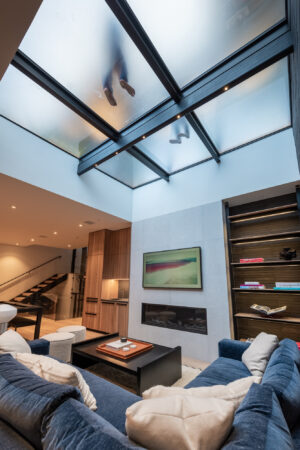
When comparing the two, walkable skylights take the lead in durability. Built with multiple layers of impact-resistant glass and framed for strength, they can handle regular foot traffic while maintaining clarity and insulation. Traditional skylights are also engineered for strength, but they’re not designed to bear weight. Safety glazing is essential in both types to prevent shattering, leaks, and thermal inefficiency. Consult your contractor or architect to ensure compliance with local codes.
Cost and Installation Differences
Traditional skylights are generally less expensive upfront and easier to install, making them a go-to for residential upgrades. Walkable skylights, while more costly, offer long-term value by serving two purposes: daylighting and flooring. Installation is more complex and must be handled by specialists familiar with structural glass. But in projects where both rooftop access and interior light matter, this option pays off in both aesthetics and real estate appeal.
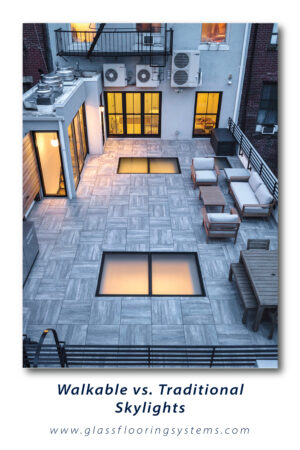
Skylights can open up a room—literally and visually—but picking the right type makes all the difference. Traditional skylights are a solid choice for homeowners looking to brighten a room or cut back on electricity. If you’re after a sleek, modern design that blends with outdoor living, walkable skylights bring unmatched function and beauty. Whether you want a classic overhead view or a fully integrated glass roof, Glass Flooring Systems can help you choose, design, and install the perfect solution.
.png)




